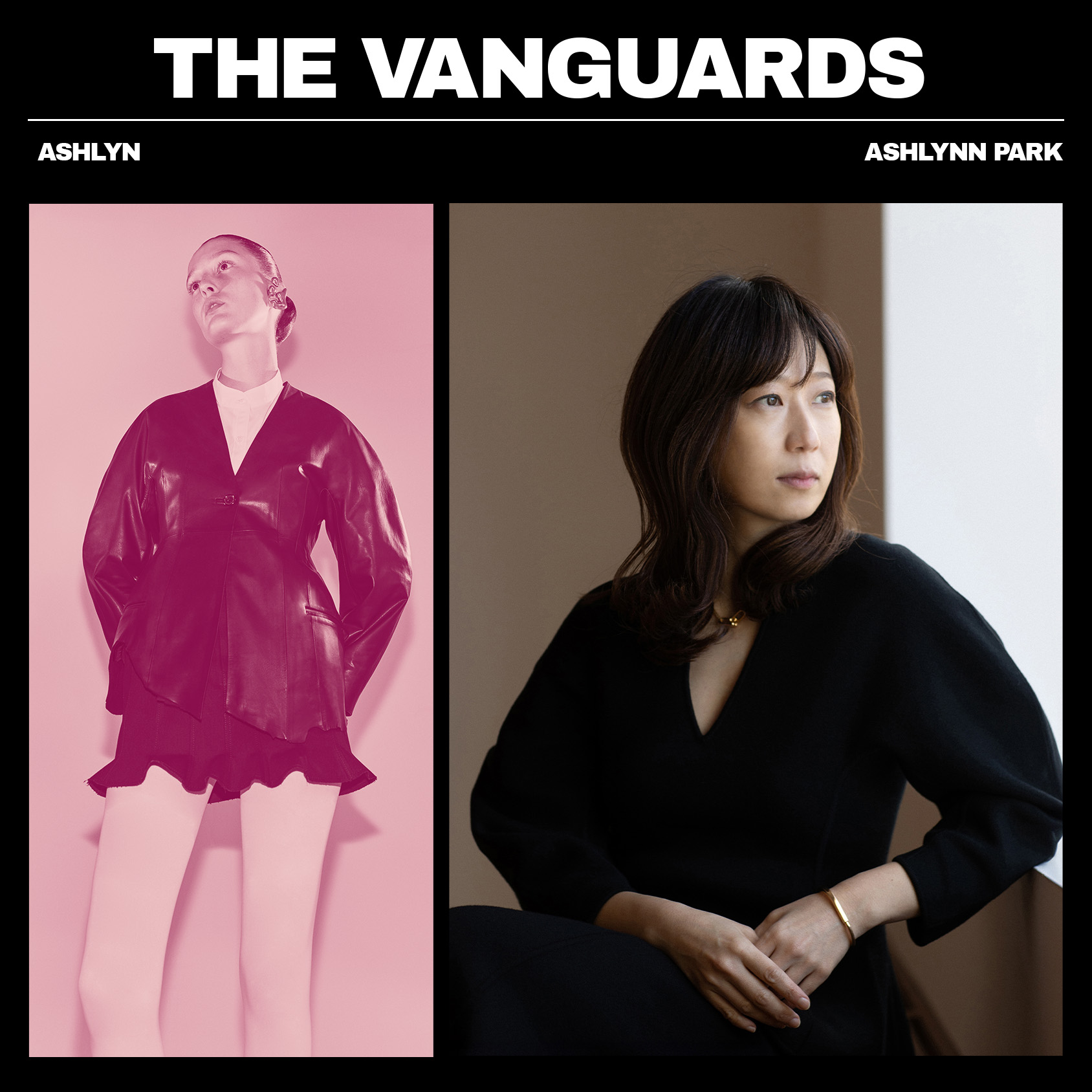
So much pontificating has been done about the relatively simple question of what women want to wear.
For Ashlynn Park, the fashion designer behind the acclaimed womenswear brand Ashlyn (her first name; drop the second 'n'), the answer is intuitive: Women want high-quality clothes that complement, not complicate, their lives. "I'm 42 years old and have a little more experience than young designers," the South Korean-born designer tells me on a video call. I know what women want to wear because I know what I want to wear."
She understands the need for a smart blazer to wear to work and a cute and cheeky top to wear after hours. She appreciates the accentuating curve of an hourglass shape like Christian Dior did with his 'New Look' Bar jackets. She can navigate the tightrope balance of aspirational clothing that's not intimidating—for example, the baggy black leather trousers that opened her Fall 2025 show at New York Fashion Week, which were devilishly cool but classic enough to wear without looking like a try-hard. I, along with my fellow overworked, overtired, and underfed fashion week guests in the room, exhaled. We were in good hands for the following 20-something looks: here with a master craftswoman at work.
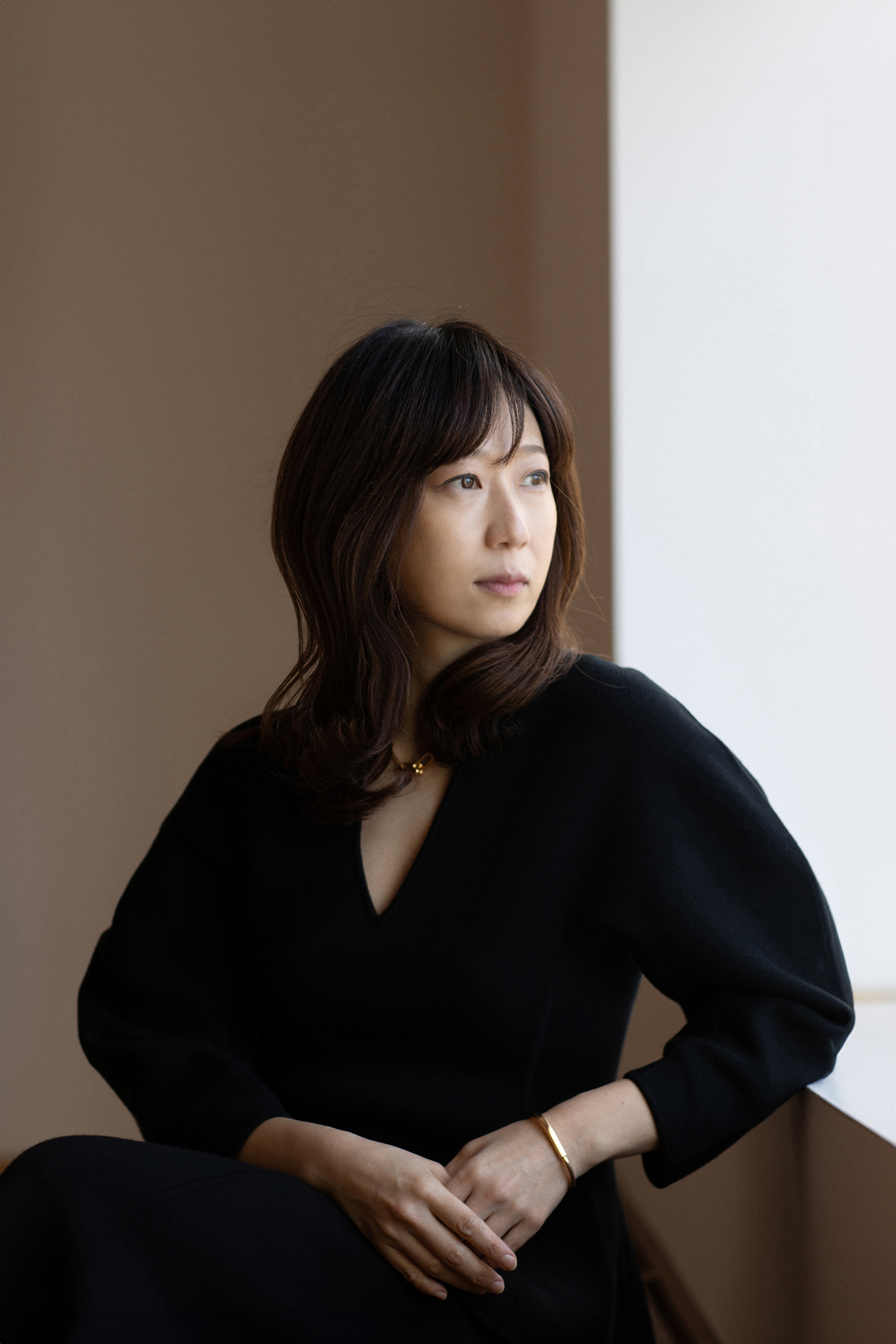
It's not always that you leave a fashion show feeling satisfied. But when you do, it's an insatiable hit that leaves you hankering for more. "Once women get their hands on an Ashlyn piece, they cannot go to the other brands," says Park.
The designer, who cut her teeth as a pattern-maker under Yohji Yamamoto for the Japanese designer's collaborative line with Adidas, Y-3, has a fastidious eye for precision. "I've always been a very quiet kind of designer who's really more focused on the technical side of clothing," she says. Park spent over two years developing her brand's first-ever Spring 2021 collection, comprised of meticulously made blazers and bustle-back dresses. One ink-black, draped gown from her Spring 2025 edit took Park a month and a half to make—she had to sculpt the jersey just right.
"I've always loved math and physics, and making beautiful shapes from scratch is the same idea," says Park, who initially studied architecture before pivoting to a master's in fashion design from Tokyo's Bunka Fashion College. "It's about understanding the balance of all the forces—the gravity, the tension, the fabric, the material."
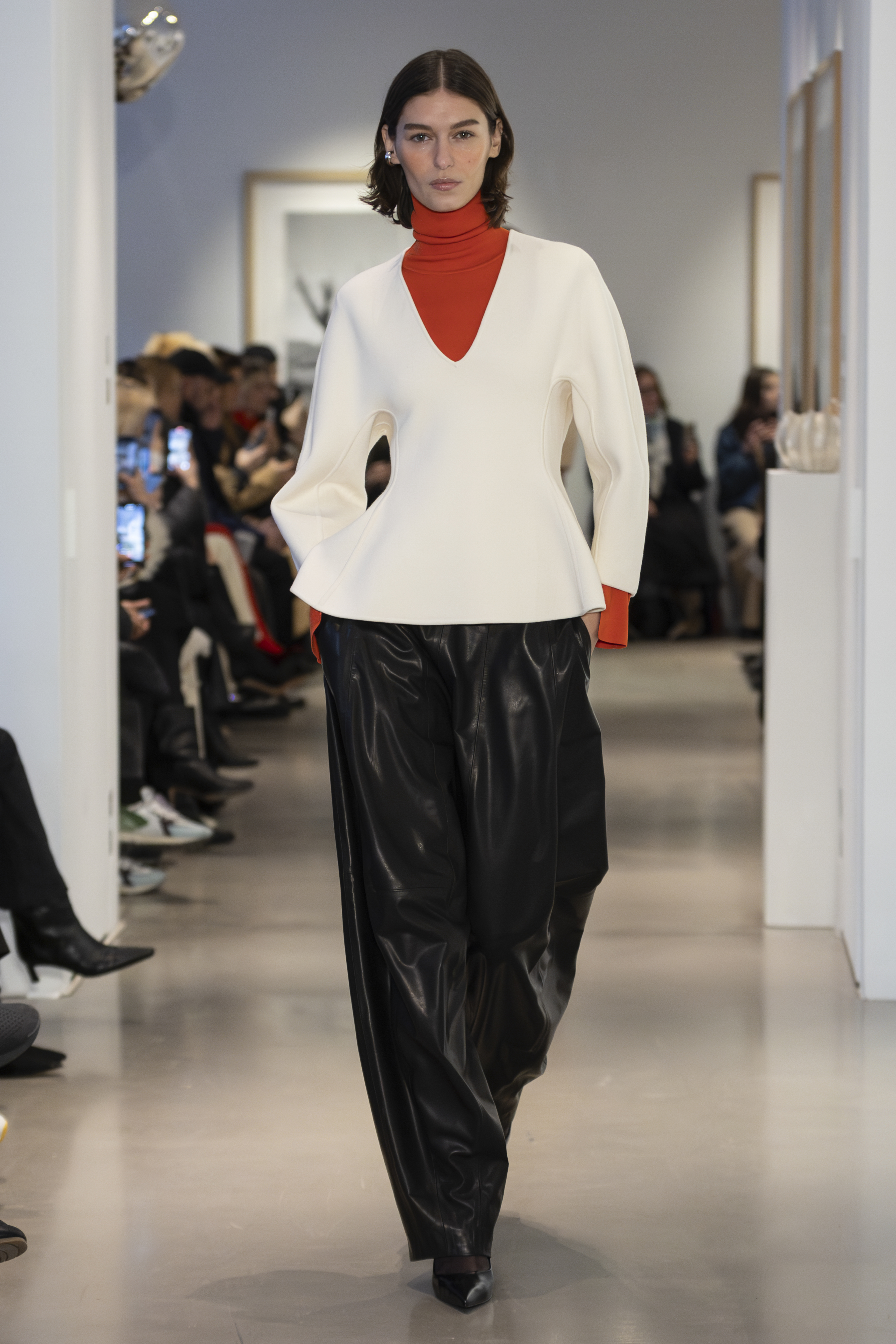
The more geometrically challenging a design, the more pleased Park is. Inspired by the late great Issey Miyake, Park creates clothing from single squares of fabric without waste or scraps—a complex blend of craft and sustainability that thoroughly summarizes Ashlyn's ethos. Look to Park's Dillan dress, a white shirt dress cut from a single piece of fabric in a zero-waste process. It can be worn short or long-sleeved and was purchased by the Metropolitan Museum of Art in 2021 for its permanent collection.
Equally as impressive as her technical know-how is her commercial sense, which she credits to watching her entrepreneur father run a business during her adolescence. Her eponymous brand has an impressive 65-to-90 percent sell rate at retailer partners like Bergdorf Goodman and a fervent cult following among New York City artists who revere her for her quiet luxury sensibility. "These clients can't wear anything logo-driven from Louis Vuitton or Chanel because it'll distract from their art. So, they come to me and find curated Ashlyn pieces," says Park, who also spent stints at Alexander Wang, Nili Lotan, and then at Calvin Klein under Raf Simons.
Ashyn's story is the classic tale of the tortoise and the hare. As other wunderkind brands have had their flash-in-the-pan moments and then petered out, perhaps unable to sustain long-lasting commercial success or crumbling under the impossible pressure of being the next big It thing, Park's been quietly at work building a small but mighty brand with craft at its core.
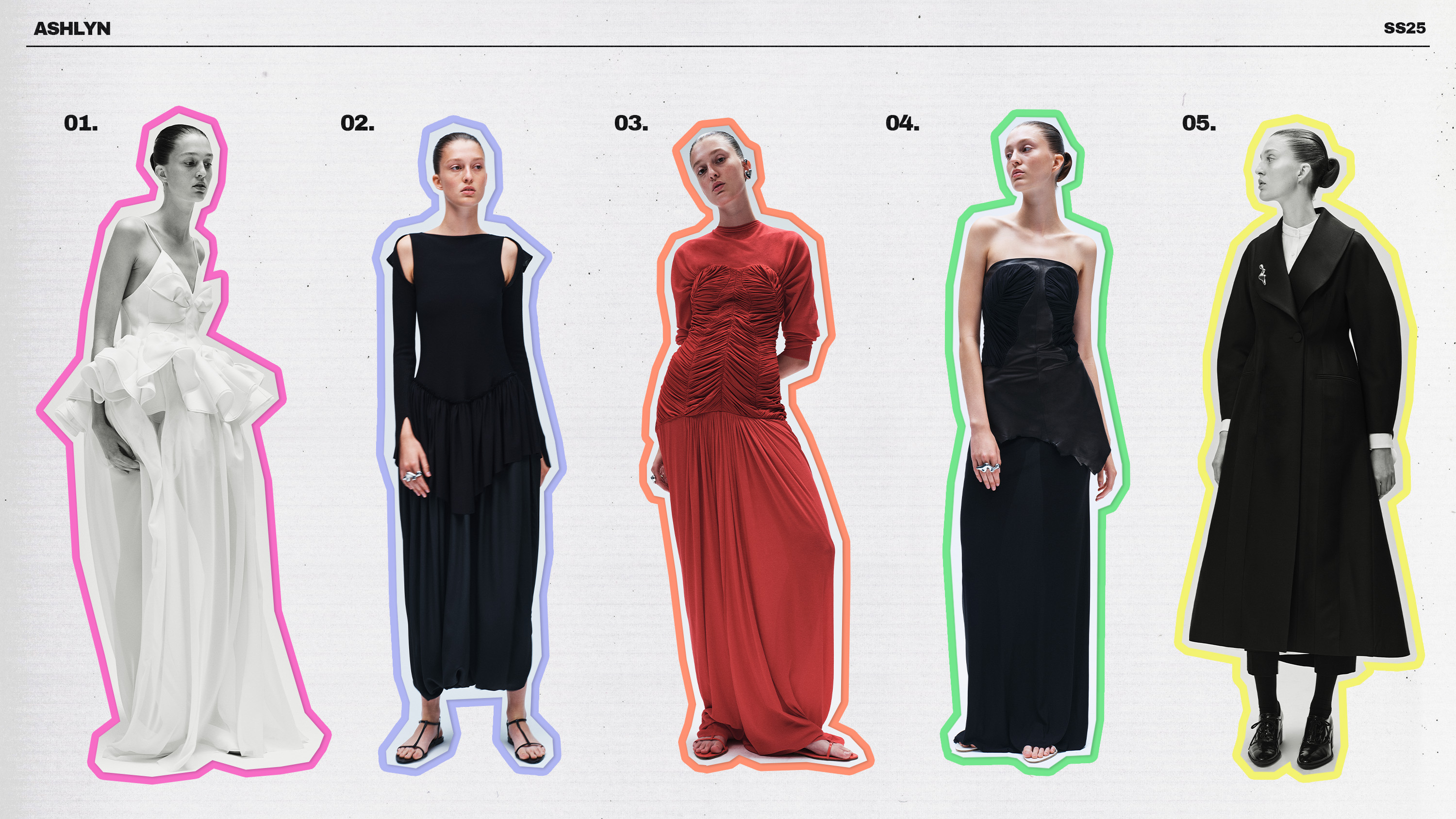
As a result of her slow-but-steady approach, Park has carved out an impressive archive of Ashyln-only silhouettes. "As a fun project for my interns and team, I made them compete by chopping up rectangular pieces of fabric randomly and reassembling them without waste into new, interesting, and three-dimensional shapes. I call it the Puzzle Project," she says. The result is sculptural and organic garments, often buoyantly draped and surreal-feeling—like the bright red spaghetti-strap top that bubbled over free-flowing pleated jersey pants that closed out Ashlyn's Fall 2025 show.
Above all, the Puzzle project is a technique that Park can own. "I realized only using square shapes is very similar to the processes of Yohji (Yamamoto), Issey (Miyake), and Comme des Garçons, and I cannot be another unique designer if I only work with squares," she says. "I live in the Western world, but I'm bringing Eastern culture here. These puzzles are how I mix those cultures," Park says.
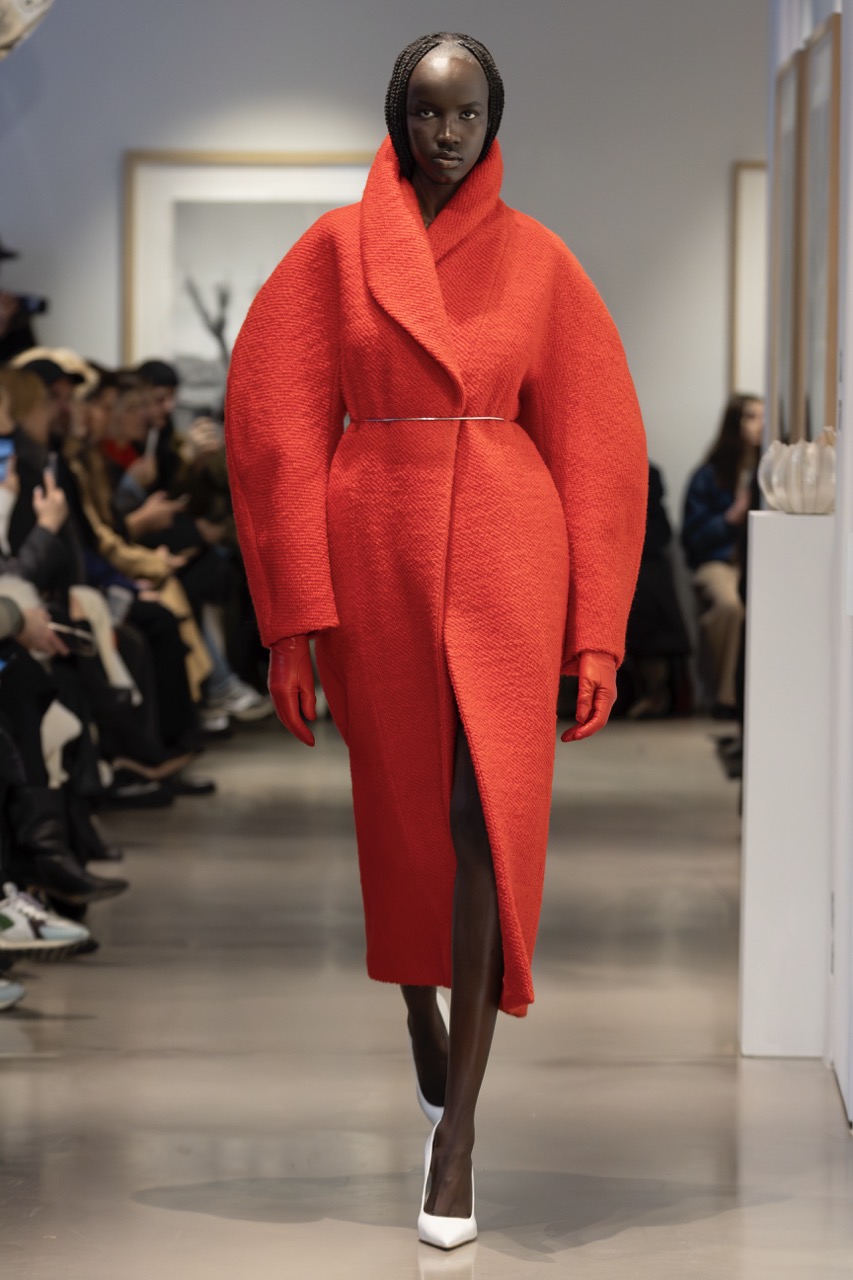
Park's Puzzle Project is also her way of passing the baton, taking it from the institutional legends she learned from and handing it off to the next generation. "Often, when we [alumni] Yohji, CDG, and Margiela people meet, we joke about how we graduated from [a whole other] school after going to [traditional] design school and working for them. These designers all care about having a foundation in product-making, and craftsmanship is everything because, without that knowledge, we cannot build new things at all," she says. "I want people who work at my brand to have the same education in craft. I want them to say, 'Oh, we graduated from the Ashlyn school.'"
As Yommamto taught her, Park wants her team to understand design in an abstract, creative sense, but chiefly in clothing construction. "Yohji would ask, 'Why did you put five pockets on the piece? Why did you choose the long sleeve? Which history inspired you?' If you couldn't come up with a good reason or didn't know an era and its design details, he would scold you," she says.
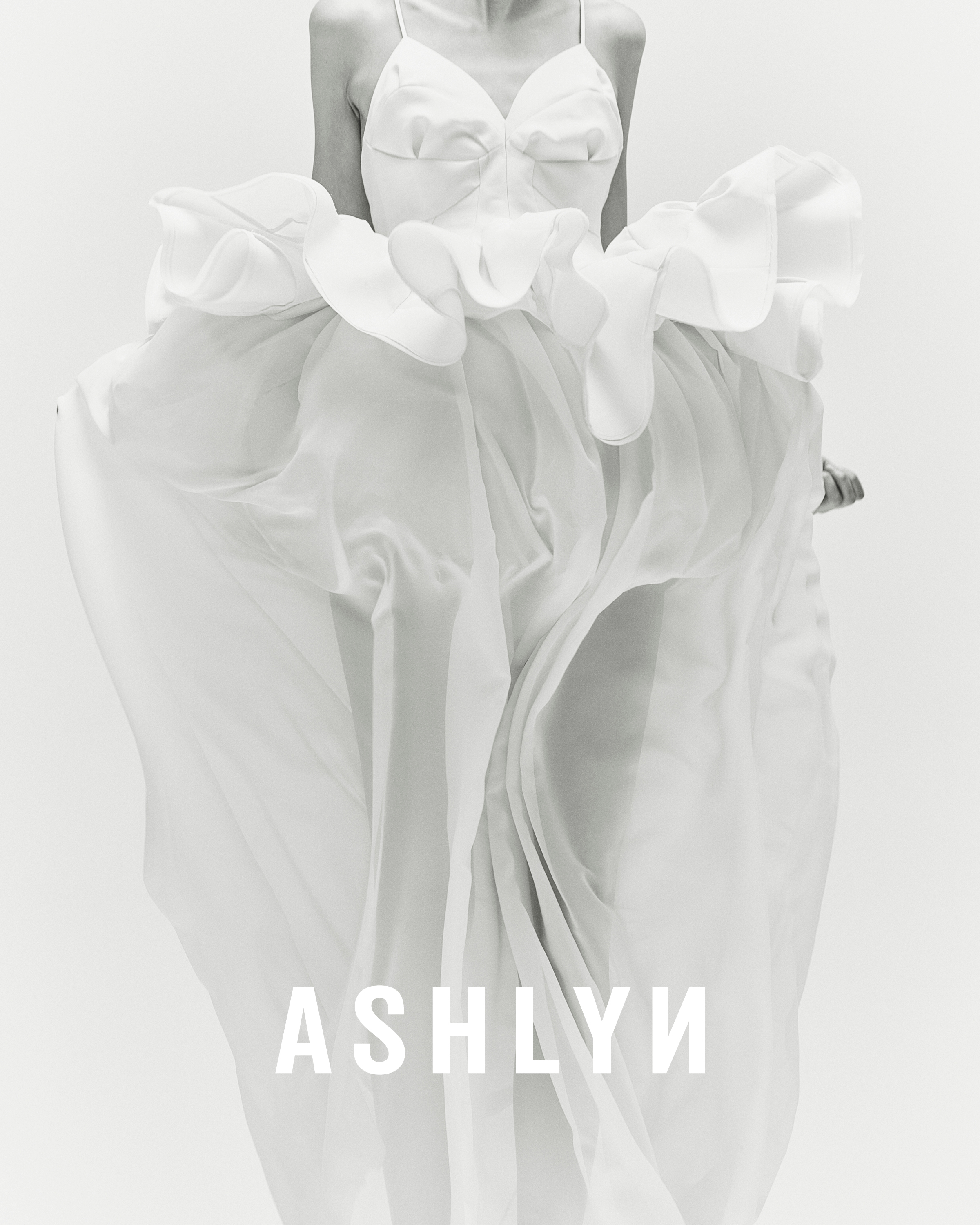
The illustrious Yommamto taught Park to be an uncompromising perfectionist, a methodology she's now implementing while forging her own path. "My standards are quite high. I start with the first idea and then refine and refine it until I feel satisfied; only then can I make it into a commercial piece," she says. I have to feel the energy that I want to express in the world."
That force field was palpable at the Fall 2025 show. Watching Park's knit peplum blazers and slinky tops that plunge just above the breastbone, I felt it in the air: she was on the precipice of taking Ashlyn to the next level. But unlike Yammamto and Miyake, Park has the acuity for womenswear that only comes from when a female fashion designer sits at the helm.
It's always special watching a superstar of craft at work. But it's all the more divine when someone like Park embodies womenswear in a way that men never can.







